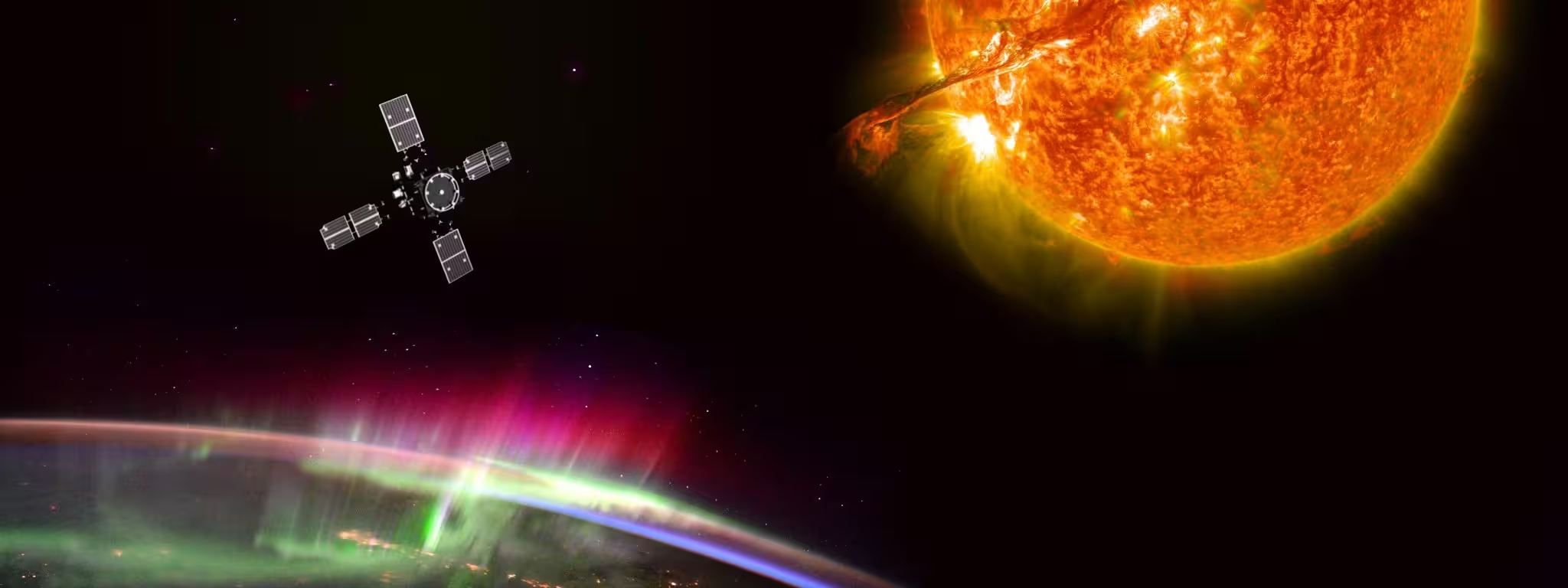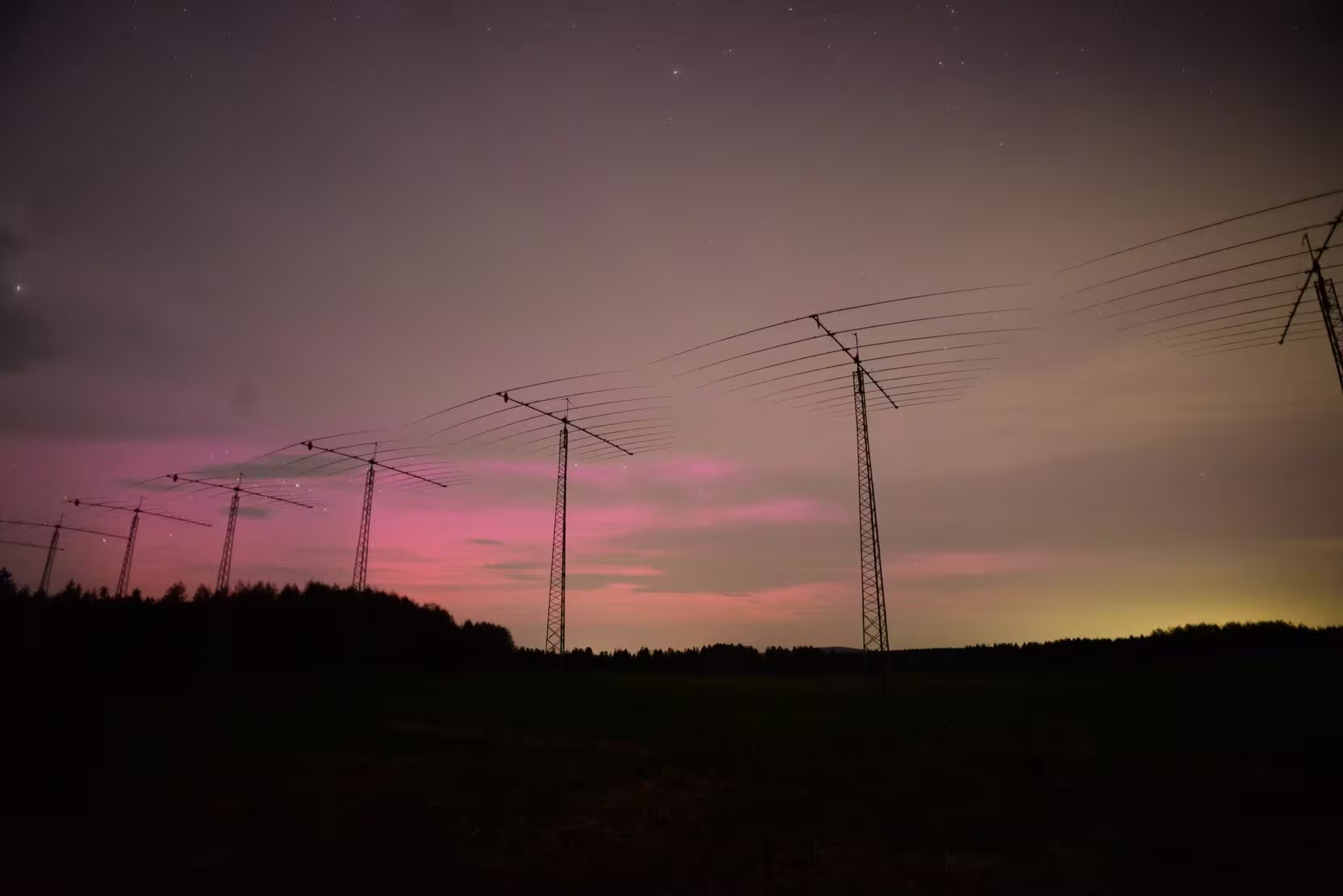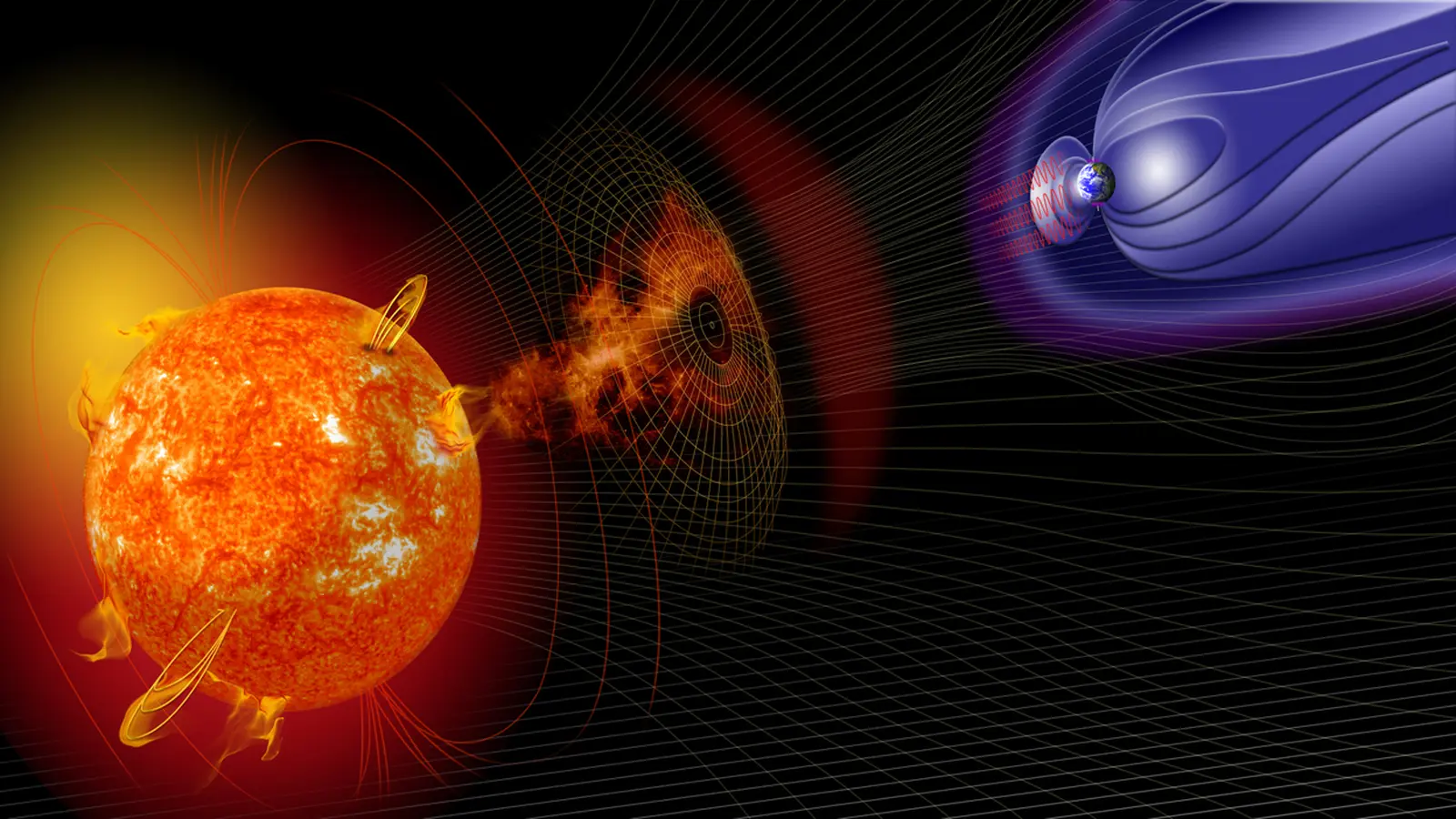6 Minutes
In May 2024 Earth was hit by one of the most intense geomagnetic superstorms in decades. Observations from Japan’s Arase satellite and ground-based networks revealed how the planet’s protective plasma envelope collapsed under extreme solar pressure and why it required days—not hours—to rebuild. These new measurements change how scientists think about space-weather impacts on satellites, GPS and radio communications.

Scientists have captured the first detailed observations of how a superstorm compresses Earth’s plasmasphere and revealed why recovery took more than four days, affecting navigation and communication systems.
What happened during the Mother’s Day storm?
On May 10–11, 2024, a sequence of powerful solar eruptions produced a geomagnetic superstorm—the strongest to strike Earth in more than 20 years. Known in some circles as the Gannon or Mother’s Day storm, this event delivered an intense barrage of charged particles and magnetic energy that slammed into Earth’s magnetosphere and compressed the plasmasphere, the region of cold, dense plasma that co-rotates with the planet.
Geomagnetic superstorms are rare, typically occurring every 20–25 years, but when they arrive their effects cascade through near-Earth space: satellite electronics can glitch, GPS accuracy degrades, and radio communications become unreliable. During this particular event, auroras—usually confined to polar skies—pushed into mid-latitude regions like Japan, Mexico and parts of southern Europe, producing dramatic night-sky displays far from the poles.
Arase’s front-row measurements
Launched by JAXA in 2016, the Arase satellite (also called ERG) carries instruments designed to measure plasma waves and magnetic fields inside the plasmasphere. Fortuitously positioned during the May 2024 storm, Arase provided continuous, in situ readings of the plasmasphere as it was squeezed inward to altitudes never recorded so directly before.
Where the plasmasphere usually extended to about 44,000 km above Earth, Arase observed the outer boundary collapse to roughly 9,600 km—about one-fifth of its normal extent—in just nine hours. That dramatic contraction and the subsequent slow refill offer the clearest picture yet of how extreme solar forcing reshapes the plasma environment that shields satellites and ground-based systems.
How scientists combined spacecraft and ground data
Researchers coupled Arase’s particle and field measurements with networks of ground-based GPS receivers to track ionospheric density changes. The ionosphere—Earth’s upper atmosphere layer rich in charged particles—supplies the plasmasphere with the ions that drift upward and repopulate it after disturbances. By monitoring both layers, scientists could see not only the compression, but also the processes that delayed recovery.

A rare low-latitude aurora photographed at Rikubetsu, Japan, during the May 2024 super geomagnetic storm, the strongest in over 20 years. This storm caused extreme compression of Earth’s plasmasphere, documented for the first time through direct satellite measurements.
Why recovery took more than four days
After the initial squeeze, scientists expected the plasmasphere to refill within a day or two. Instead, the recovery required over four days—the longest refill time Arase had recorded since it began monitoring the region in 2017. The team traced the delay to a phenomenon called a "negative storm," which reduces ionospheric particle densities across wide regions.
Negative storms occur when intense heating from solar energy alters upper-atmosphere chemistry. In this case, heating near the poles eventually led to a widespread decline in oxygen ions in the ionosphere. Those oxygen ions normally help produce lighter hydrogen ions that ascend and replenish the plasmasphere. With that supply curtailed, the plasmasphere’s refill was slowed dramatically.
This chain—from extreme magnetospheric compression to polar heating to ionospheric chemistry changes—provides a mechanistic explanation for delayed recovery and ties together processes that previously had been only loosely linked in observations.
Impacts on satellites, navigation and forecasting
The practical consequences of a multi-day plasmasphere disturbance are significant. During the storm, several satellites reported electrical anomalies or lost telemetry, GPS positioning errors increased, and shortwave radio communications suffered disruptions. For aviation, shipping and critical infrastructure that rely on precise navigation and timing, these degradations can cascade into broader operational risk.
From a forecasting perspective, the new observations highlight a blind spot: current models often predict immediate disturbance but underestimate how upper-atmosphere chemistry can throttle recovery. Incorporating coupled processes—magnetosphere, ionosphere and thermospheric chemistry—into operational space-weather models will improve warnings and risk mitigation for satellite operators and service providers.
Expert Insight
"Direct measurements from a mission like Arase are invaluable because they capture the rapid, local changes that global models can miss," says Dr. Elena Morales, a space physicist not involved in the study. "Seeing the plasmasphere collapse to under 10,000 km and then watch it struggle to recover shows how interconnected the system is—from solar eruptions to atmospheric chemistry. That tells us where to focus for both monitoring and modeling upgrades."
Dr. Atsuki Shinbori and colleagues at Nagoya University emphasized that combining satellite and ground-based datasets was key to diagnosing the event. Their analysis, published in Earth, Planets and Space, provides both a benchmark event and new constraints for models trying to simulate extreme space-weather scenarios.
Looking ahead: monitoring and resilience
Future strategies to reduce vulnerability include expanding in situ monitoring of the plasmasphere, improving global networks of ionospheric sensors, and enhancing real-time data-sharing between space agencies and commercial satellite operators. Advances in modeling must also address how energy deposited in the upper atmosphere alters chemistry—because that chemistry can determine how quickly the space environment returns to normal.
For the public, the Mother’s Day storm was an unusual sky show; for scientists and operators, it was a reminder that rare solar events can produce long-lived, system-wide effects. As solar activity waxes and wanes with the 11-year cycle, the lessons from May 2024 will inform how we monitor, predict and respond to the next major storm.
Source: scitechdaily
Comments
PavLo
is this even real? four days to refill cuz oxygen ions dropped... feels like models missed a big piece, or am i missing something
astroset
Whoa, plasmasphere collapsing to 9,600 km? That's wild. Makes you realize satellites are way more vulnerable... nightskies must've been insane, wow


Leave a Comment